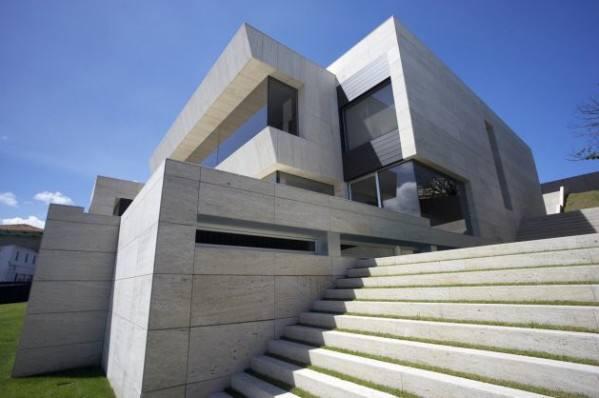News
Concrete: modern world's ubiquitous building material
Paris (AFP) - Inexpensive and easy to manipulate, concrete has become an indispensible material for buildings and bridges around the globe, including the bridge with collapsed in the Italian city of Genoa on Tuesday killing at least 38 people.

Concrete is a composite material made from mixing small rock fragments with cement. When water is added the concrete binds the rock together as it dries and solidifies. For construction, pieces can be prefabricated or trucks can deliver premixed concrete to pour on site.
Concrete can be easily molded into the shape needed. It lasts a long time. By varying its composition different surface aspects can be achieved. It is one of the most affordable building materials.
Those features have helped make concrete the world's most consumed resource after water, according to Global Cement and Concrete Association, a trade body uniting manufacturers of the material.
Production of cement, for which production of concrete is the main application, surpasses four billion tonnes per year, according to several studies.
While concrete resists compressive pressure well, it doesn't like being stretched, as is the case of concrete sections hung on cable suspension bridges.
Engineers began to overcome this issue in the 19th century by putting pieces of metal into the concrete, making it much more resistant to tensile stress.
But such reinforced concrete was overtaken by so-called prestressed concrete, which is placed under compression before supporting any loads. This helps the concrete retain its resistance to compression while taking on the tensile strength of the metal inside it.
Concrete bridges with spans longer than 35 meters built since WWII used prestressed concrete, according to experts.
If properly prepared, the weakness with reinforced and prestressed concrete is usually the metal. Over time the concrete allows humidity to pass to the metal, which ends up rusting. The French Civil Engineering Association says problems tend to appear 30 to 50 years after construction.
High performance concrete was developed in the 1980s. Less porous, it provides up to three times the resistance of concrete used in the post-WWII period. The Genoa bridge which collapsed was completed in 1967. Ultra-high performance concrete was developed in the 1990s, which provides double the resistance of high performance concrete, but its use remains rare.
Leave Message
If you have any problems or questions about our products or need our support and assistance, please feel free to write us, we will reply to you within 24 hours, and never reveal your information to the third party. Thank you!
PRODUCTS SEARCH
Quickly find productPRODUCTS LIST
- QMJ-10A Egg-laying Block Ma...
- QTY4-30 Egg Laying Block Ma...
- QTJ4-40 Semi-auto Block Mak...
- QTJ4-35 Semi-auto Block Mak...
- QTJ4-26 Semi-auto Block Mak...
- QTJ4-25 Auto Block Making M...
- Concrete Mixing Pump
- Trailer Concrete Pump
- HY600 Self-loading Concrete...
- HY400 Self-loading Concrete...
